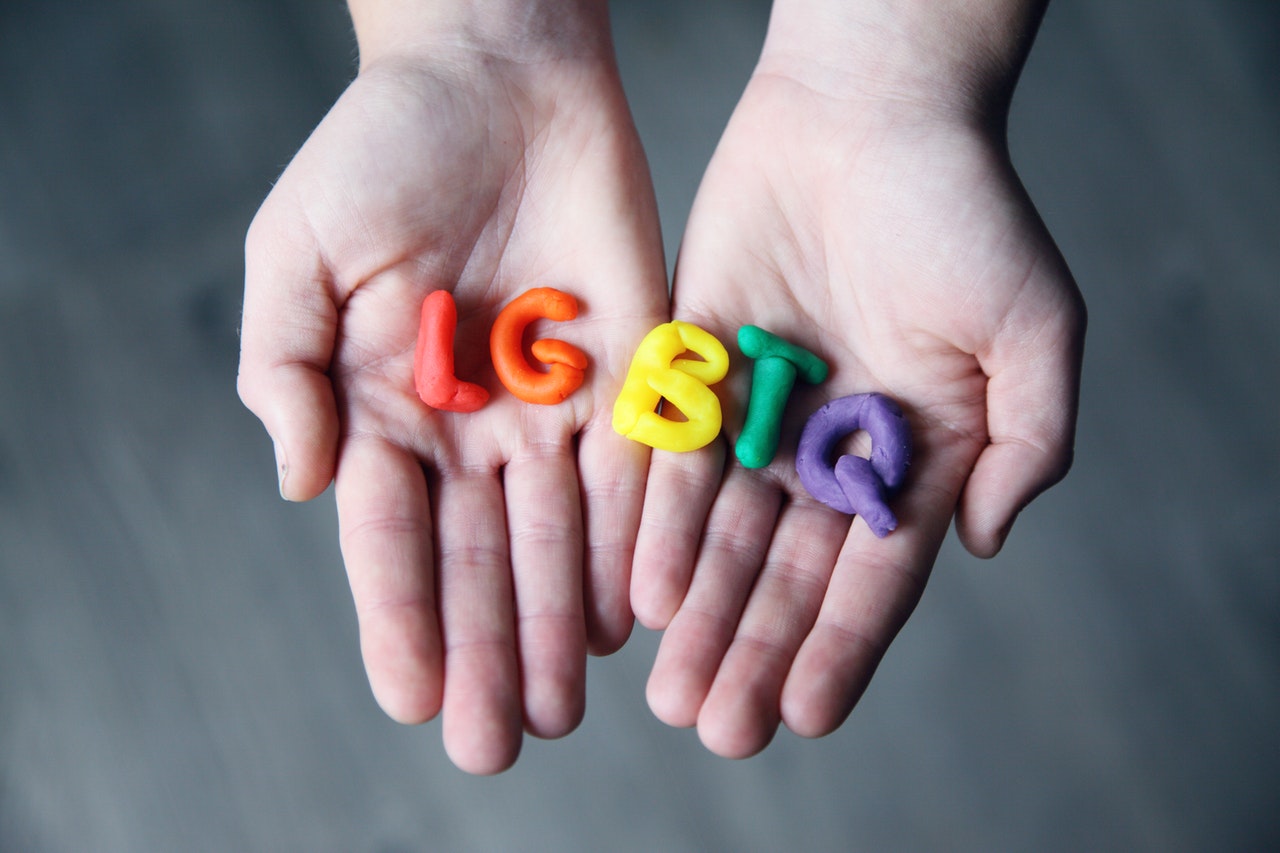How to Manage a Hybrid Classroom
 In a “hybrid” classroom model, some students attend remotely while others attend in-person. Hybrids come in all shapes and sizes — from weekly rotations to alternating half days to a more synchronous or “concurrent” model in which all students are “in class” at the same time, just in two different places. Read more ›
In a “hybrid” classroom model, some students attend remotely while others attend in-person. Hybrids come in all shapes and sizes — from weekly rotations to alternating half days to a more synchronous or “concurrent” model in which all students are “in class” at the same time, just in two different places. Read more ›


 LGBTQ+ youth face disproportionate structural barriers as they navigate through life, whether it’s living in a stable home, or being accepted, safe and protected at school. The Children’s Partnership’s
LGBTQ+ youth face disproportionate structural barriers as they navigate through life, whether it’s living in a stable home, or being accepted, safe and protected at school. The Children’s Partnership’s 
 This back-to-school strategy lets you create a safe, welcoming environment for students to log in to each morning. The use of Bitmoji, a commonly used app for image-based digital social interaction, is used as a tool for creating a virtual classroom for your students.
This back-to-school strategy lets you create a safe, welcoming environment for students to log in to each morning. The use of Bitmoji, a commonly used app for image-based digital social interaction, is used as a tool for creating a virtual classroom for your students. 
 Remote learning has been a struggle for teachers and is expected to set back the learning gains of a generation of students. It has been particularly
Remote learning has been a struggle for teachers and is expected to set back the learning gains of a generation of students. It has been particularly 
 For some students, the fire is only the beginning. The nightmares, the grief and an all-consuming dread can persist for months or even years.
For some students, the fire is only the beginning. The nightmares, the grief and an all-consuming dread can persist for months or even years.
 Help introduce young learners to discussions around race and racism with classroom resources and support materials from Arthur. Find
Help introduce young learners to discussions around race and racism with classroom resources and support materials from Arthur. Find
 Schools play a significant role in supporting the health and well-being of children and youth, including those affected by traumatic experiences. In a trauma-sensitive school, all aspects of the educational environment—from workforce training to engagement with students and families to procedures and policies—are grounded in an understanding of trauma and its impact and are designed to promote resilience for all.
Schools play a significant role in supporting the health and well-being of children and youth, including those affected by traumatic experiences. In a trauma-sensitive school, all aspects of the educational environment—from workforce training to engagement with students and families to procedures and policies—are grounded in an understanding of trauma and its impact and are designed to promote resilience for all. 
 Millions of young voters are gearing up to vote in November—many for the first time—but feeling overwhelmed by the constant barrage of information on social media.
Millions of young voters are gearing up to vote in November—many for the first time—but feeling overwhelmed by the constant barrage of information on social media. 
 When you grow up white in America, you learn that you are simply American. If you’re not white, you learn that you have to qualify your identity: African American, Asian American, Latin American. Children pick this up at a very young age.
When you grow up white in America, you learn that you are simply American. If you’re not white, you learn that you have to qualify your identity: African American, Asian American, Latin American. Children pick this up at a very young age. 
 Anti-racism is a term that’s been around for awhile but has been appearing more in conversations lately. It’s the idea that people of all races, but especially white people, need to step up when they see explicit or structural racism. So, what are you doing in your schools or communities to combat racism? Or what do you want to do?
Anti-racism is a term that’s been around for awhile but has been appearing more in conversations lately. It’s the idea that people of all races, but especially white people, need to step up when they see explicit or structural racism. So, what are you doing in your schools or communities to combat racism? Or what do you want to do? 

